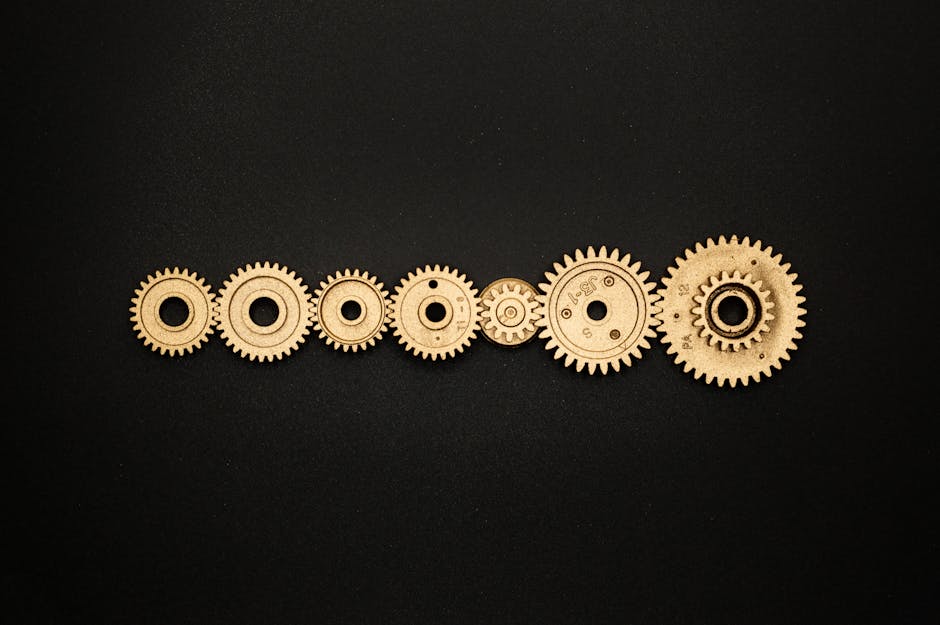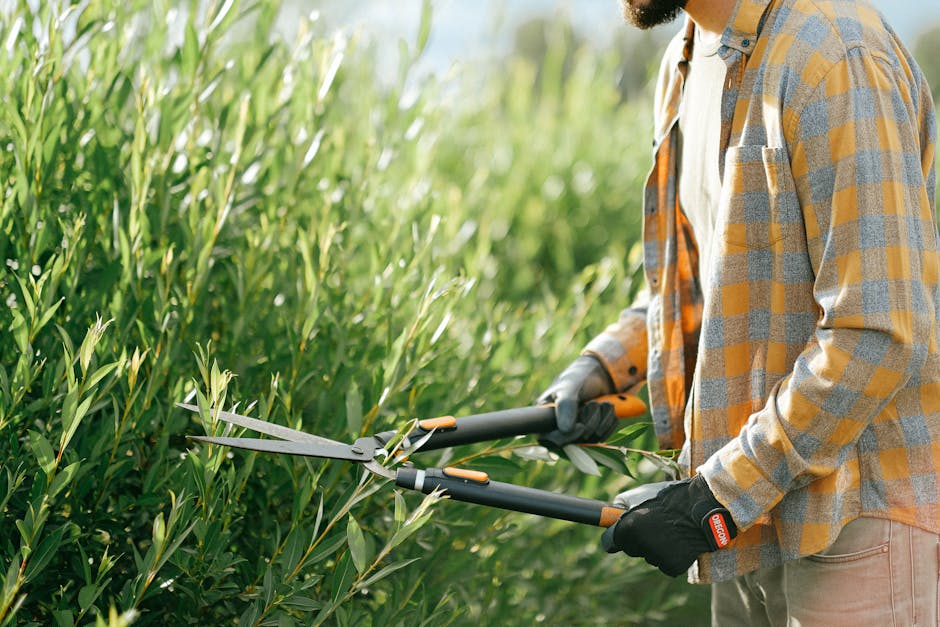Why Trauma Scissors Are Essential for Paramedics
In the high-stakes world of emergency medical services, having the right tools can make all the difference. *Trauma scissors* are an indispensable asset for paramedics, offering quick, reliable cuts that can save lives. These specialized shears are designed to handle the tough materials encountered during emergencies, such as seat belts, leather, and even thin metal. Their ergonomic design and durable construction ensure that they are up to the task, no matter the situation.
Unlike regular scissors, trauma scissors feature a blunt tip that prevents accidental injury to patients while cutting through clothing or other materials. The serrated edge provides enhanced grip, making it easier to cut through tough fabrics without slipping. *Paramedics* rely on these shears to quickly expose injuries, remove obstructions, and perform other critical tasks on the spot.
Given their importance, it's crucial to choose high-quality trauma scissors that can withstand the rigors of emergency use. At ONE SHEAR®, we understand the demands placed on paramedics and design our trauma shears to exceed these expectations. Our products are trusted by healthcare providers, EMTs, law enforcement, and military personnel worldwide.
Find out more visit our website at www.oneshear.com
Key Features of Trauma Scissors

When selecting trauma scissors, it's important to look for key features that ensure optimal performance in emergency situations. The first and foremost feature is *durability*. Trauma scissors are often used in high-pressure environments, cutting through a variety of materials. High-quality trauma scissors are typically made from stainless steel or other robust materials that resist corrosion and wear.
Another critical feature is the *serrated blade*. The serrated edge provides a better grip on materials, allowing for cleaner cuts without slipping. This is particularly important when dealing with wet or slick surfaces, which are common in emergency scenarios.
Ergonomics is also a vital aspect. Trauma scissors should have a comfortable grip that allows for extended use without causing hand fatigue. Features like *non-slip handles* and an *angled blade* design can make the scissors easier to use and more effective at cutting through tough materials.
Safety is paramount, which is why a *blunt tip* is a standard feature on trauma scissors. This design prevents accidental injury to patients while cutting close to the skin. Additionally, many high-quality trauma shears come with a *built-in oxygen tank wrench* or other multifunctional tools, adding to their versatility.
Finally, look for trauma scissors with an *anti-reflective coating*. This reduces glare from lights, which can be crucial in nighttime or low-light situations. By combining these features, trauma scissors become an essential tool for paramedics, offering reliability and precision when they need it most.
Importance of Trauma Scissors in Emergencies

The role of trauma scissors in emergency situations cannot be overstated. These specialized tools are designed to perform efficiently and reliably when every second counts. One of the primary uses of trauma scissors is to quickly and safely remove clothing from injured individuals. This is crucial for *accessing wounds*, applying bandages, or performing CPR without delay. The speed and precision offered by trauma scissors can make a significant difference in patient outcomes.
Moreover, trauma scissors are indispensable for cutting through various materials such as seat belts, leather, and even thin metal. In scenarios like car accidents, being able to swiftly cut through a seatbelt to free a trapped victim can be a matter of life and death. The *serrated blades* and *robust construction* of trauma scissors ensure that they can handle these demanding tasks without failing.
Another critical aspect is their role in *preventing further injury*. Traditional scissors or knives can be risky to use on a patient due to the potential for accidental cuts. Trauma scissors are designed with a *blunt tip* to mitigate this risk, allowing paramedics to work close to the patient's skin safely. This feature is especially important when dealing with children or elderly patients who have more delicate skin.
In situations where visibility is low, such as nighttime emergencies or poorly lit environments, trauma scissors with an *anti-reflective coating* become incredibly valuable. They reduce glare and help paramedics maintain focus, ensuring that they can perform their duties effectively. By combining these critical features, trauma scissors prove to be an *essential tool* in any paramedic's kit, enhancing efficiency and safety in emergency care.
How Trauma Scissors Aid Paramedics

Trauma scissors are an *indispensable tool* for paramedics, aiding them in various critical tasks that demand both speed and precision. One of the primary ways these scissors assist paramedics is by enabling *rapid access* to injuries. When a patient is in a critical state, every second counts. Trauma scissors allow paramedics to quickly cut through clothing, exposing wounds and injuries that need immediate attention. This rapid access can be the difference between life and death, particularly in severe trauma cases.
Another significant benefit is their ability to cut through *tough materials* effortlessly. Whether it's seat belts, denim, or even light metal, trauma scissors are designed to handle these challenges. This capability is essential during rescue operations, such as freeing a patient trapped in a vehicle. The robust design and sharp, serrated blades of these scissors ensure that paramedics can perform their duties without worrying about equipment failure.
Trauma scissors also play a crucial role in *reducing the risk of secondary injuries*. Traditional cutting tools can pose a hazard to both the paramedic and the patient due to their sharp points and edges. Trauma scissors, however, feature a *blunt tip* and ergonomic design, which minimize the risk of accidental cuts. This feature is particularly important when dealing with patients who are in shock or moving unpredictably.
Furthermore, the *lightweight and compact design* of trauma scissors makes them easy to carry and use in various emergency scenarios. Paramedics often have to move quickly and navigate through tight spaces. Having a tool that is both portable and reliable ensures that they can focus on the task at hand without being encumbered by cumbersome equipment. By providing these essential benefits, trauma scissors significantly enhance the efficiency and effectiveness of paramedics, ensuring that patients receive the best possible care in emergency situations.
Choosing the Right Trauma Scissors

Selecting the appropriate trauma scissors is crucial for paramedics, as the right choice can significantly impact their ability to perform effectively in emergency situations. When choosing trauma scissors, several key factors must be considered to ensure they meet the *specific needs* of the user.
First and foremost, *material quality* is paramount. High-quality trauma scissors are typically made from stainless steel or other durable metals that resist corrosion and maintain sharpness over time. This ensures that the scissors remain reliable and effective, even after repeated use in harsh conditions. Premium materials also contribute to the overall longevity of the tool, providing excellent value for money.
Another important consideration is the *blade design*. Trauma scissors with serrated blades offer superior cutting power, allowing paramedics to cut through tough materials like leather, denim, and even seat belts with ease. The serrated edge grips the material, preventing slippage and ensuring a clean cut. Additionally, scissors with a blunt tip are essential for safety, as they reduce the risk of accidental punctures or injuries to patients during use.
Ergonomics also play a critical role in the selection process. *Comfortable handles* designed to fit the natural curvature of the hand can reduce strain and fatigue during prolonged use. Look for trauma scissors with non-slip grips and ambidextrous designs to accommodate both left- and right-handed users. This ensures that paramedics can maintain a firm and comfortable hold, even in high-stress situations.
Lastly, consider the *size and weight* of the trauma scissors. Lightweight and compact models are easier to carry and maneuver, making them suitable for a wide range of emergency scenarios. However, it's important to strike a balance between portability and functionality, ensuring that the scissors are robust enough to handle demanding tasks without being overly cumbersome.
By carefully evaluating these factors, paramedics can choose trauma scissors that enhance their *efficiency and effectiveness* in the field, ultimately leading to better patient outcomes.
Maintenance and Care for Trauma Scissors
Proper maintenance and care of trauma scissors are essential to ensure their longevity and performance, especially for paramedics who rely on these tools in critical situations. By following a few simple steps, you can keep your trauma scissors in optimal condition and ready for use whenever needed.
Start by *cleaning your trauma scissors* after each use. Blood, bodily fluids, and other contaminants can accumulate on the blades, potentially leading to corrosion and reduced effectiveness. Use warm water and mild soap to gently clean the scissors, ensuring all debris is removed. For a more thorough cleaning, consider using a soft brush to reach any nooks and crannies. After washing, dry the scissors thoroughly with a clean cloth to prevent rust formation.
In addition to cleaning, it's important to *disinfect your trauma scissors* regularly. This helps to prevent the spread of infection and ensures that the tools remain safe for use. A solution of 70% isopropyl alcohol can be used to disinfect the blades and handles. Simply wipe down the entire surface with a cloth soaked in the solution and allow it to air dry.
Another critical aspect of maintenance is *sharpening the blades*. Dull blades can hinder performance and increase the risk of accidents. Depending on the frequency of use, trauma scissors should be sharpened periodically by a professional or using a specialized sharpening tool. Regularly check the blades for any signs of wear or damage, and address any issues promptly to maintain cutting efficiency.
Proper *storage* is also vital for maintaining the condition of trauma scissors. Store them in a clean, dry place, preferably in a protective case or sheath to prevent accidental damage. Avoid exposing the scissors to extreme temperatures or humidity, as these conditions can negatively impact their performance.
By adhering to these maintenance and care guidelines, paramedics can ensure that their trauma scissors remain in excellent working condition, ready to perform when it matters most. For more tips on choosing and maintaining high-quality trauma scissors, visit our website at www.oneshear.com.





